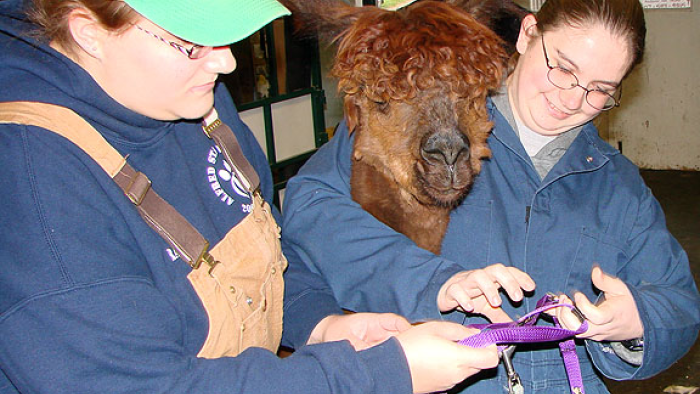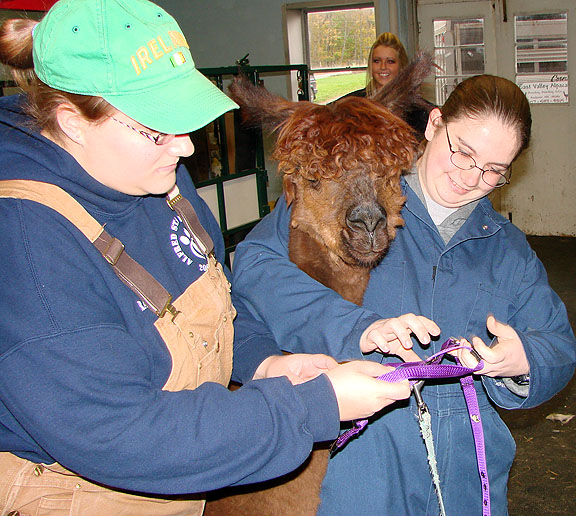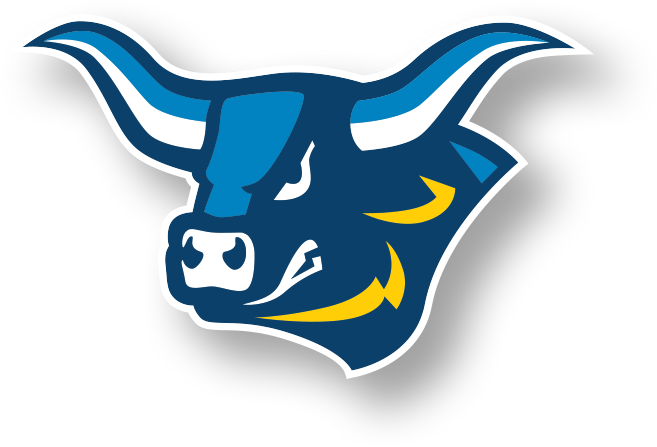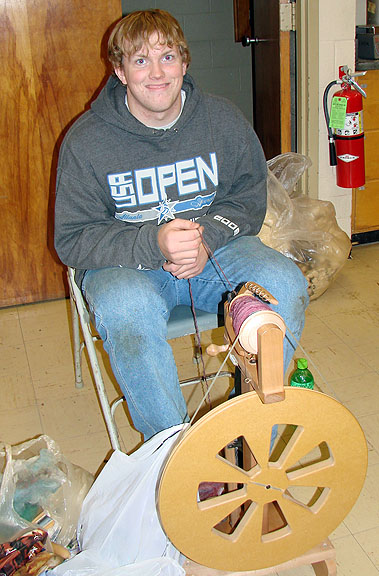
At a glance
 Now that the cold weather has begun to set in, we typically reach for warm and cozy garb to defend ourselves from the chill of wintry days and nights. Some of the warmest clothing we select is made of wool—knitted (or crocheted), carded, spun, shorn from those most docile of animals, the sheep. But how does that curly fiber shorn from those sheep become the warm sweater we pull from our shelf?
Now that the cold weather has begun to set in, we typically reach for warm and cozy garb to defend ourselves from the chill of wintry days and nights. Some of the warmest clothing we select is made of wool—knitted (or crocheted), carded, spun, shorn from those most docile of animals, the sheep. But how does that curly fiber shorn from those sheep become the warm sweater we pull from our shelf?

Now that the cold weather has begun to set in, we typically reach for warm and cozy garb to defend ourselves from the chill of wintry days and nights. Some of the warmest clothing we select is made of wool—knitted (or crocheted), carded, spun, shorn from those most docile of animals, the sheep. But how does that curly fiber shorn from those sheep become the warm sweater we pull from our shelf?
Students enrolled in the agriculture programs at Alfred State College have embarked on that journey of discovery, learning the process, not only of field to fork (for crops), but also from sheep to sweater.
 In spring 2009, Alfred State hosted a summit sponsored by the Animal Welfare Institute which investigated creating a supply chain from western New York to New York City. Many stakeholders including farmers, grocers, restaurant owners, and processors were able to communicate what each needed from the other. Alfred State wanted to build on that dialogue and teach its students all the links in the supply chain, from pasture to plate or to wool socks.
In spring 2009, Alfred State hosted a summit sponsored by the Animal Welfare Institute which investigated creating a supply chain from western New York to New York City. Many stakeholders including farmers, grocers, restaurant owners, and processors were able to communicate what each needed from the other. Alfred State wanted to build on that dialogue and teach its students all the links in the supply chain, from pasture to plate or to wool socks.
Vicki Bolton, SUNY distinguished teaching professor and chair, Agriculture and Veterinary Technology Department at Alfred State, started at the very beginning, having her students begin learning about sheep animal husbandry. Classes covered forages and grazing, sheep and alpaca terminology, diseases and parasites, feed requirements, breeding cycles, and more. Classes met at the ASC Pioneer Barn, which houses the alternative livestock and demonstrates humane treatment of livestock, to work with Border Leicester sheep. Students trimmed hooves and sheared the sheep. Students were also able to visit Wendy Dailey’s alpaca farm, East Valley Alpacas, where they were able to observe shearing, breeding, and dental care of alpacas.
 The next stop was The Fiber Factory, also owned and operated by Wendy Dailey. There students witnessed fiber being processed, from washing raw fiber through making yarn and felt. The different types of fiber, genetics, animal nutrition, and cleanliness of both the sheep or alpacas and the sheering process all contribute to the value of the fleece and how it is able to be processed. Dirty wool produces dirty yarn, unless a lot of extra time and money is spent cleaning it. Students were able to see how the method of pasturing or housing sheep had a direct effect on their cleanliness, and hence, the processing.
The next stop was The Fiber Factory, also owned and operated by Wendy Dailey. There students witnessed fiber being processed, from washing raw fiber through making yarn and felt. The different types of fiber, genetics, animal nutrition, and cleanliness of both the sheep or alpacas and the sheering process all contribute to the value of the fleece and how it is able to be processed. Dirty wool produces dirty yarn, unless a lot of extra time and money is spent cleaning it. Students were able to see how the method of pasturing or housing sheep had a direct effect on their cleanliness, and hence, the processing.
Eventually, students worked with the fiber, to get a real hands-on understanding. Some students brought spinning wheels so everyone could try hand spinning, and students also were able to hand felt using fiber from the College’s sheep and alpacas. The fiber was dyed, making the samplers as bright and unique as the students who made them.
Now when ASC students go out into the world, whether they are veterinary technicians, feed dealers, grain growers, or sheep farmers, they will have a much broader understanding of how their part fits into the big picture, including market, fair price, and profit margin, as well as how farm management practices and breeding affect the end product.
